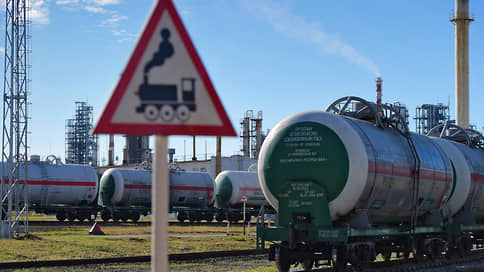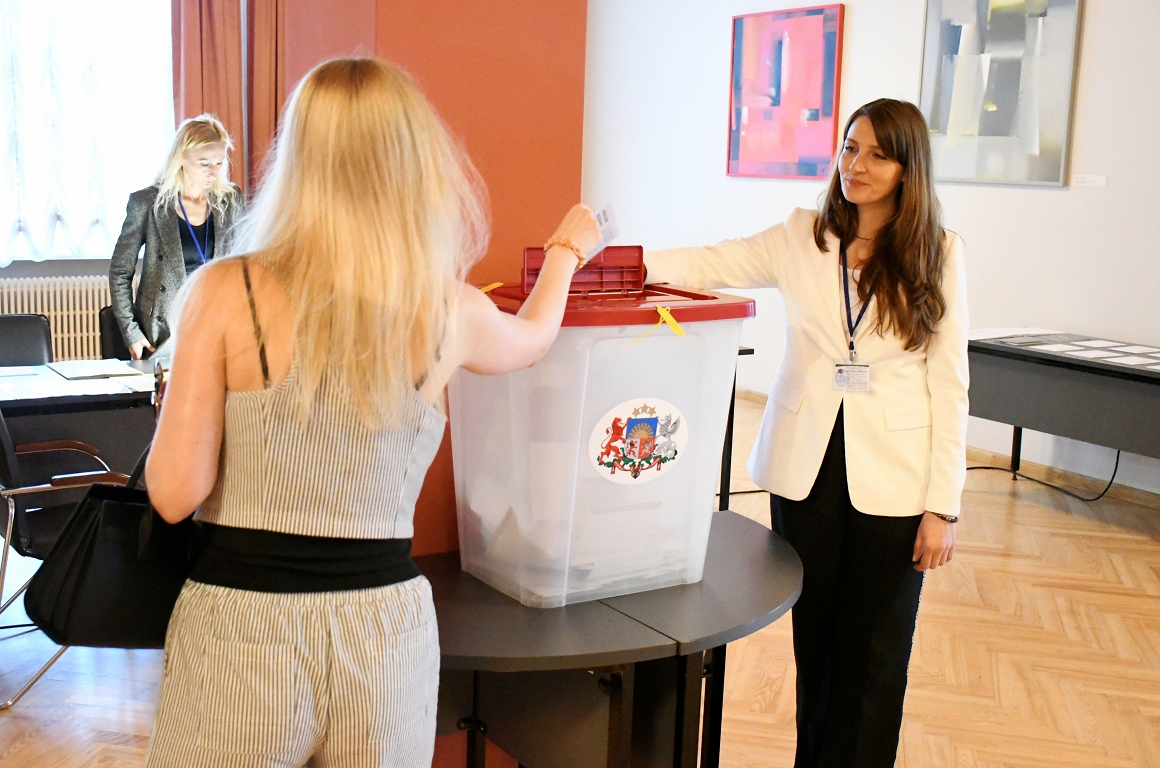In March, Russia exported 16 million tons of coal

The export of Russian coal according to the results of the first quarter slightly exceeded last year’s level, but was 15% lower than the pre -crisis of 2023. Support for shipments is supplied to China under previously concluded long -term contracts, but in April exports are expected in this direction.
In March, Russia exported 16 million tons of coal, which is 2% less than a year earlier, and 11.8% exceeded the result of February, calculated the center of price indices (CCI). According to the results of the first quarter, exports increased by 2% of the year to 46.4 million tons. However, to the first quarter of the pre -crisis 2023, shipments were reduced by 15%.
According to the CCC, the sea export of coal in March increased only in the eastern direction by increasing supplies to China due to a short transport shoulder. Shipments in the PRC grew by 9% by February and 5% of the year, to 8.6 million tons. In addition, analysts note, it is possible to maintain a stable supply of supplies to South Korea – 1.3 million tons in March. All export of coal from the ports of the Far East last month increased by 24% of February and 9% year by year, to 9.8 million tons. The growth is provided by Vanino ports (2.6 million tons, an increase of 37%year by the year), Vera (0.8 million tons, by 15%), Sukhodol (0.8 million tons, by 128%).
But the Director of the CCC Evgeny Grachev indicates that the volumes of exports to China in March mainly reflect shipments according to long -term contracts concluded at the previous currency course and prices above $ 80 per ton for energy coal with a calorie content of 6000 kcal, which were observed at the beginning of the year. In April, the expert is already expecting a decrease in volumes. Although, according to him, China will remain the main market for both volumes and on willingness to work with coal of Russian origin as a whole.
Sending Russian coal to Turkey in March fell by 14% relative to February, to 1.3 million tons, due to the reduction of exports from the ports of the Azovo-Black Sea basin, the Central Code of CCC notes. In Oteko (controls the terminal in Taman), the volume of loading of coal was previously evaluated by the results of the first quarter of 5 million tons. “This is the maximum that the current situation in the coal industry allowed us,” said Alexander Gaganov, the commercial director of the development of the bulk business, the commercial director for the development of the bulk business. According to CCI estimates, reducing export prices and strengthening the ruble exchange rate reduced export yield to the end of March to the minimum $ 2-5 per ton for high -fat energy (6000 kcal).
The fall in the profitability of coal exports is considered to be in the CCI, and is primarily reflected in deliveries to India. In March, shipments (excluding exports through traders) fell to 1 million tons, the smallest indicator from at least August 2024. So far, the payback of transport costs, based on the prices on the CFR India basis, is unlikely, since India reduces the import of energy brands in recent months, increasing their own prey, analysts indicate.
The Russian Railways JSC reported that sending energy coal for export in the first quarter increased by 21.1%, to 33.3 million tons. In particular, by 25.1%, up to 19.3 million tons, shipments east of the eastern direction increased. Sending southly doubled, to 4.9 million tons, in the north-west-decreased by 5.9%, to 9.1 million tons.
A difficult situation in the market negatively affects coal exporters from other countries. So, according to the CCI, Indonesia – the largest supplier of energy coal in the world – in March reduced shipments to a two -year minimum, 38.3 million tons. This is 2% less than February and 14% less than in March 2024. The expert of the Institute of Economics and Energy Alexander Titov says that if the fall of Indonesian exports is stable, then this may provide certain support for world prices. But Evgeny Grachev does not expect a short -term effect for Russian suppliers, indicating that Indonesia, unlike Russia, exports low -calorie coal. Nariman Tayketaev, director of the NCR corporate ratings, sees the potential for partial replacement of Indonesian supplies, noting the increase in coal demand with high quality characteristics to which the Russian one includes.







:format(webp)/s3/static.nrc.nl/images/gn4/stripped/data133280221-bb4cba.jpg)
